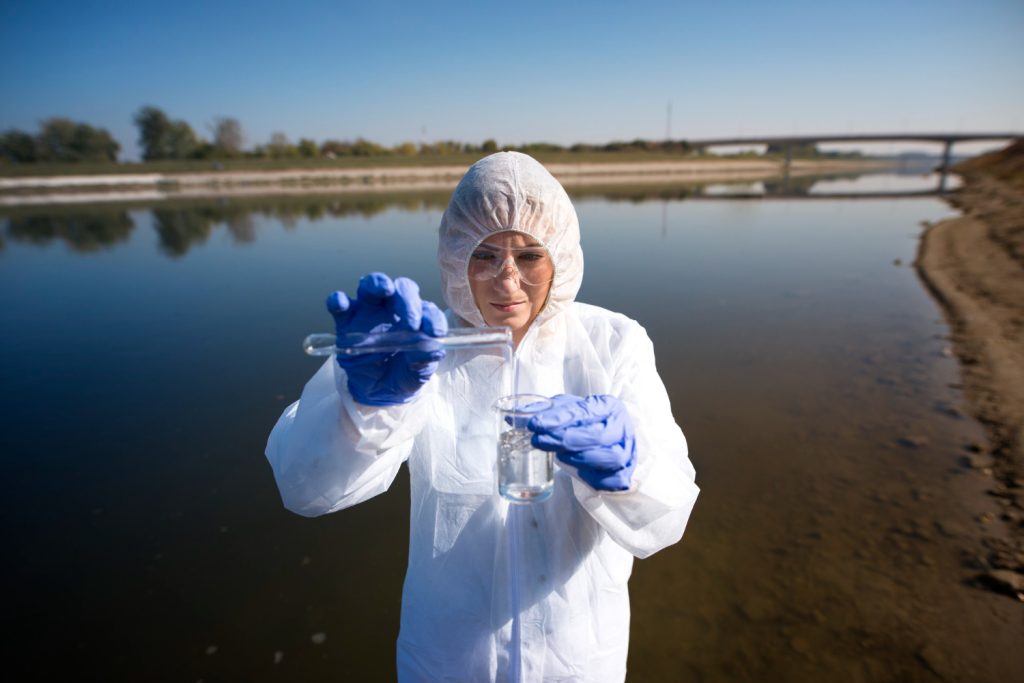
In a time when environmental data often begins and ends in spreadsheets, Anthony Tony Mattei insists on starting in the field. As ecosystems face compounding pressures, from record heat to rapid development, Mattei’s work blends scientific rigor with ground-level observation to inform policy, improve restoration outcomes, and protect species under stress.
His approach is part leadership, part logistics, and part stubborn belief that the best science starts with good boots and better data. Across landscapes and watersheds, Mattei’s initiatives are helping reshape how agencies and communities prepare for environmental risk.
Bringing Data to Life in the Field
Mattei’s teams operate in ecosystems where real-time changes are often missed by satellite images or models alone. Whether tracking migratory birds across wind development corridors or sampling riverbed sediment for post-spill assessments, they rely on methods that are both field-tested and policy-grade.
“The power of fieldwork isn’t just in what we measure,” Mattei explains. “It’s in how we link that data back to decision-makers in a way that’s clear, defensible, and immediately useful.”
He’s not alone in this thinking. The U.S. Geological Survey (USGS) continues to emphasize the role of “occupancy models,” statistical methods that account for imperfect detection in wildlife surveys. These models depend on repeated field visits and standardized protocols, making boots-on-the-ground research a non-negotiable part of the process.
Restoring Habitats, Rebuilding Trust
One area where Mattei’s work is particularly visible is environmental restoration. In 2024 alone, NOAA secured over $40 million in legal settlements earmarked for habitat restoration following environmental damage. From replanting seagrass meadows to removing barriers to fish migration, these projects demand rigorous oversight to ensure ecological and economic return.
Mattei’s team often serves as the science lead on such projects, designing monitoring protocols, verifying outcomes, and translating findings for grantors and regulators.
Their work is part of a broader national trend. According to NOAA, recent investments in coastal restoration supported more than 7,800 jobs and generated $553 million in labor income. Yet those numbers are only as meaningful as the results on the ground. That’s where Mattei steps in.
“Restoration can’t just be about optics,” he says. “It must be about results, such as acres restored, species returned, and systems stabilized. That only happens when the science is present every step of the way.”
Environmental Justice Starts with Sampling Design
As environmental justice becomes central to U.S. policy, Mattei’s work is evolving to meet that moment. Tools like EJScreen (updated to version 2.3 in 2024) now help researchers layer social vulnerability, pollution exposure, and heat risk into their site selection and reporting.
Rather than treating community needs as an afterthought, his team uses equity indicators from the start, ensuring that overburdened neighborhoods are included in water quality studies, post-fire air sampling, or heat island mitigation trials.
This approach aligns with the CDC’s Environmental Justice Index, which integrates health, demographic, and infrastructure data to flag areas facing cumulative stress. By grounding science in both ecological and human metrics, Mattei brings precision to a space that’s often overlooked or generalized.
Integrating Technology with Hands-On Insight
Mattei’s field protocols incorporate not just traditional observation, but modern tools: genetic sampling, remote cameras, temperature loggers, and real-time sensors. These complement broader datasets from satellite products and regional models.
For example, NOAA’s improved wind forecasting tools, now saving an estimated $150 million per year in energy costs, depend in part on ground validation and terrain-specific inputs. Field observations improve both the accuracy of these models and their downstream utility in siting decisions for renewable energy projects.
In biodiversity monitoring, his teams utilize environmental DNA (eDNA) techniques to track species presence without direct sightings. This allows for more sensitive, non-invasive studies that still feed into standardized databases and national frameworks.
From Wildfire Risk to Resilience Metrics
Climate extremes are forcing a reevaluation of how fieldwork is conducted, especially in fire-prone and heat-vulnerable regions. In 2024, the U.S. saw nearly 65,000 wildfires and more than 8.9 million acres burned, well above recent averages.
Mattei’s crews are increasingly involved in post-burn site monitoring, helping to assess vegetation recovery, soil stability, and invasive species spread. Their findings support land managers as they allocate restoration funds and design long-term fuel reduction strategies.
In urban areas, his team partners with local governments to map heat risk using both canopy cover assessments and Wet Bulb Globe Temperature sensors. These data points directly inform neighborhood-level decisions on cooling infrastructure and climate adaptation.
Leadership Anchored in Standards and Safety
What sets Mattei’s initiatives apart isn’t just the scope of the work but the system that holds it together. His team adheres to USGS field safety standards, including protocols for zoonotic disease prevention, driving safety, and water navigation. Every field season begins with mandatory training, and every dataset passes through rigorous quality assurance checks aligned with federal reproducibility rules.
By prioritizing safety and consistency, Mattei ensures that long-term projects remain uninterrupted. Datasets gathered over years, sometimes decades, retain their value because they were collected with continuity in mind.
Final Thoughts
Anthony Tony Mattei’s leadership in environmental research is more than operational. It’s a mindset that values clarity over complexity, field experience over abstraction, and people as much as policy. In an era where models multiply and decisions accelerate, his work serves as a steady reminder: science begins with observation.
As climate shifts, species relocate, and restoration dollars grow, the role of field-informed leadership becomes helpful and essential. Mattei’s initiatives reflect a model others would do well to follow: one rooted in the land, shaped by data, and responsive to the communities that depend on both.






